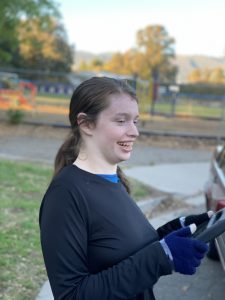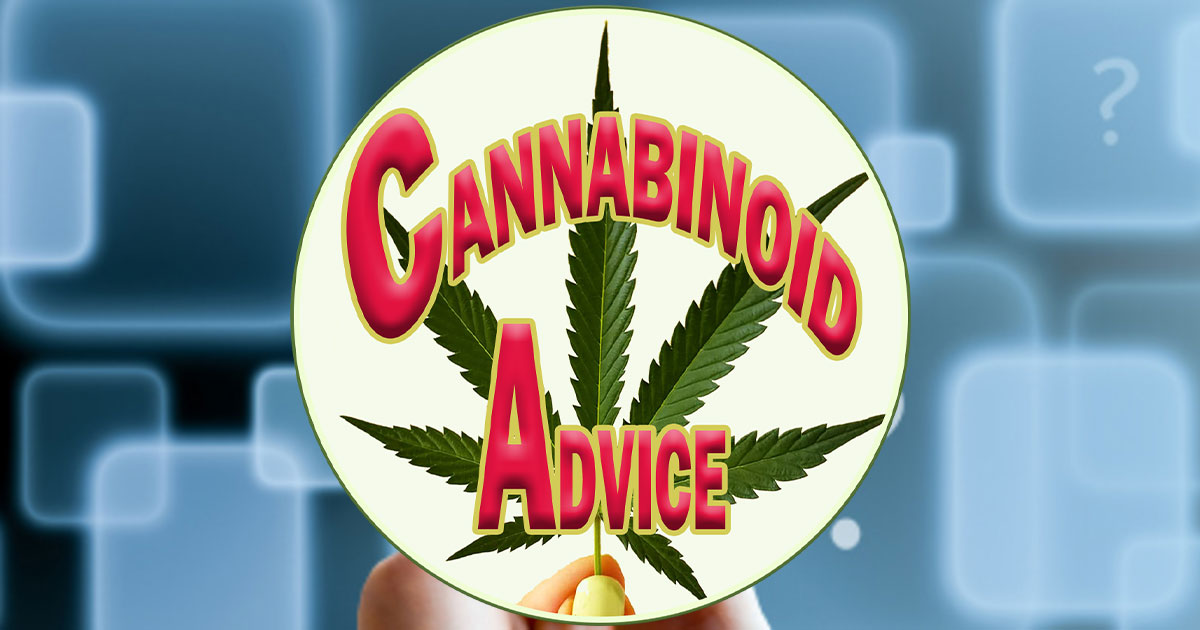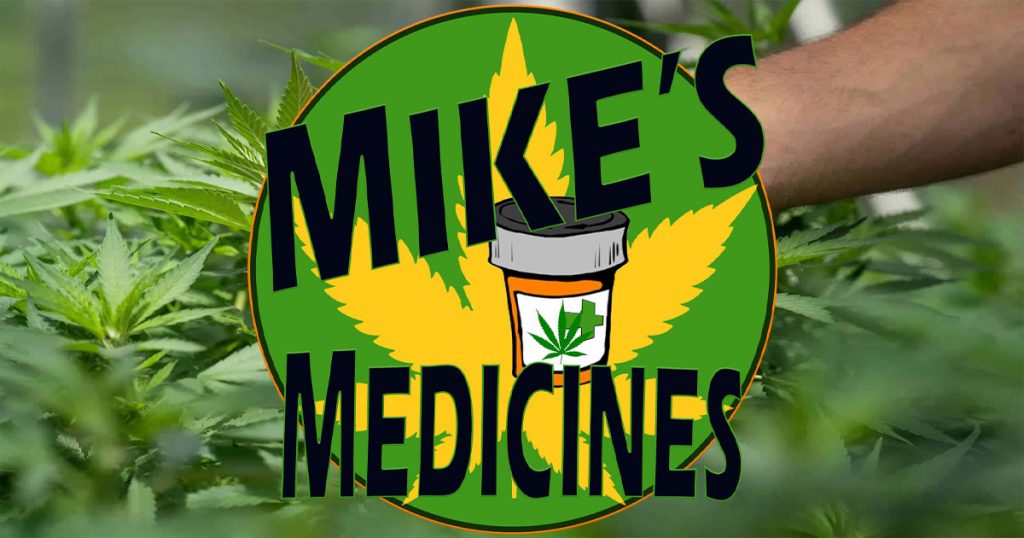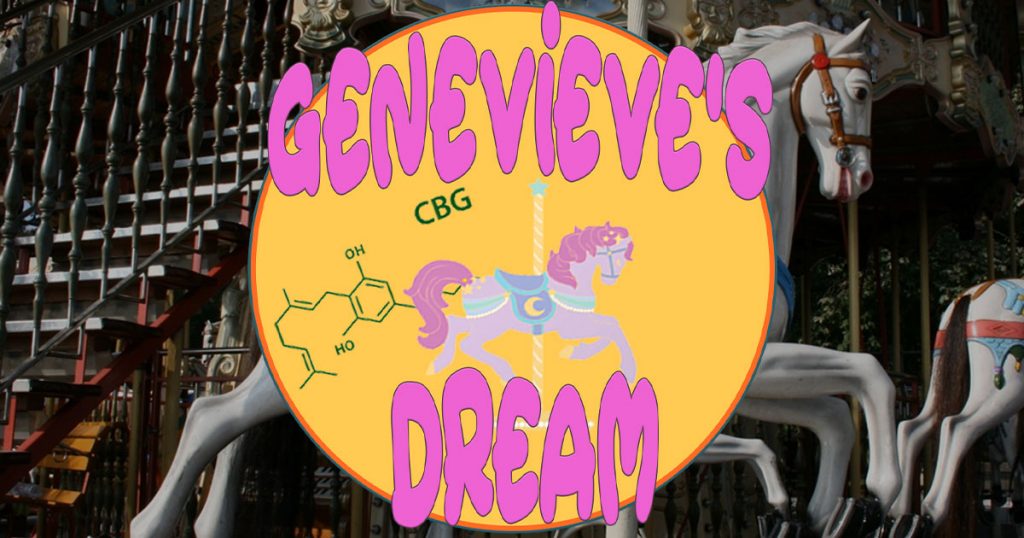These chemical compounds found in plants, one of them being Cannabis are making headlines. These prenylflavonoids and are unrelated to THC and other cannabinoids:
In the past weeks, researchers have unearthed the potential for Cannflavins to fight off COVID-19 – a groundbreaking discovery to say the least. Scientific investigators in Indonesia found that Catechin, Quercetin, Kaempferol, and many others played key roles in unlocking the mystery in ways we could be fighting this deadly outbreak. But, this isn’t new science in regards to the benefits of these flavonoids and their huge potential. Now let’s not get ahead of ourselves as this is no discovery of a cure – but it’s definitely more rock-solid information to back up many claims that plant medicine, in general, is the answer to our current global crisis. The big issue with Cannabis Flavonoids is that they’re not produced in a large volume by the plant – but that’s okay as other plants are also very rich in them. Without going into an undue debate about this, let’s examine exactly what Cannflavins are.

Flavonoids are these unique chemical substances found in all plants, and not only in cannabis. They’re the ones responsible for pigmentation in fruits and vegetables – not just flavor as the name might indicate. There are about 6,000 known flavinoids in total and about 20 of them are very unique to the cannabis types – these ones are called ‘Cannflavins’. Their main responsibility in nature is to provide pretty colors to plants, or any color, while also protecting them from predators such as insects and harmful ultraviolet rays while also acting as a lure for insects that will pollinate the plant.
One example is anthocyanin which causes that Purple Kush strains to have that awesome color – you’ll also find this same flavonoid in other plants like fruits and it gives them the same interesting color tone and can also cause red and purple hues. Because this is not only a cannabis flavinoid it’s not considered a ‘Cannaflavin’ – and it’s like many other flavonoids in cannabis that are also in plants like phyto-nutrient rich broccoli, black tea, oranges, coffee, chocolate, and countless others. They’re literally everywhere in nature but not in high percentages of plants like cannabinoids are, for example. But again… the big question is what are the powers of these flavonoids?
Flavonoids are naturally occurring pigment compounds that are in plants and are very well known as powerful antioxidants. Believe it or not, these awesome compounds are a big reason why fruits and vegetables keep us healthy – especially when they’re consumed raw. Much like any other plant species that create these – the cannabis plant is also much higher in them before it is processed – or even cured for smoking or storage purposes.

One intense discovery came from University of Guelph researchers who found that the cannabis plant creates important pain-relieving molecules, Flavinoids, that act up to 30 times more powerful at reducing inflammation than Aspirin does. “There’s clearly a need to develop alternatives for relief of acute and chronic pain that go beyond opioids,” said Prof. Tariq Akhtar, Department of Molecular and Cellular Biology, who worked on the study with MCB professor Steven Rothstein. “These molecules are non-psychoactive and they target the inflammation at the source, making them ideal painkillers.”
These 2 flavonoids being used for pain management – cannflavins A and B – were first identified in 1985 when research verified they provide anti-inflammatory that was indeed 30 times stronger than aspirin. The researcher explained “our objective was to better understand how these molecules are made, which is a relatively straightforward exercise these days,” exclaimed Akhtar as he went on to state “There are many sequenced genomes that are publicly available, including the genome of Cannabis sativa, which can be mined for information. If you know what you’re looking for, one can bring genes to life, so to speak, and piece together how molecules like cannflavins A and B are assembled.”

What’s exciting about this discovery is the fact Quercetin is by far the most common and most available flavonoid in the human diet – it’s in broccoli, tomatoes, onions, and the list goes on and on including Cannabis. It’s much like Catechin which is also common – the flavinoids have immense values as antifungals, antivirals, and anti-inflammatory’s, and more. Catechin has been known to assist in maintaining cardiovascular health – these phytoconstituents have been known for quite some time to have the ability to fight off illness – or at a very minimum to maintain health.
Regardless of the important finding in researching flavinoids, extremely few researchers have paid attention to how Cannabis types synthesize these non-psychoactive and extremely efficacious cannflavins. Fully identifying every value of these unique phytochemicals is only half the battle with the knowledge the plant only creates a small amount of them. This is why it’s very important for those within the cannabis industry and patients to open their minds – one of the most intense facts about our beloved plant is the fact it has various constituents found in other plants – which means that flavinoids are extremely abundant. Cannflavins unique to cannabis pose a challenge in that gaining enough of the compounds to adequately study as they’re a total of .014% of the plant’s fresh weight.

Now, let’s go into some recent “Coronavirus Advice” given in regards to the use of Flavinoids by Dr. Leo Galland, M.D. of New York. He’s been featured on various media networks recently but many haven’t understood what exactly these flavonoids were or that they do indeed come from plants such as cannabis:
ACE-2 Enhancement
Regular aerobic exercise and a plant-based whole foods diet are associated with improved ACE-2 function. Natural products shown to enhance ACE-2 include curcumin (a set of flavonoids found in the spice turmeric), resveratrol (a polyphenol found in red grapes and other foods), rosmarinic acid (a polyphenol found in spices like rosemary and oregano), Panax notoginseng (an herb used in some traditional Chinese medicines—the active Panax fractions for strengthening ACE-2 are called saponins), and alpha-lipoic acid (an anti-oxidant). ACE-2 is an enzyme that produces a peptide called Ang 1-7, which is responsible for many of its cellular benefits. Ang 1-7 is made up of 7 amino acids and is absorbed if taken orally. Through a positive feedback loop, administration of Ang 1-7 also increases the activity of ACE 2. Ang 1-7 may soon be available through a compounding pharmacy or as a dietary supplement.
mTOR Modulation
The best known nutritional stimulator of Sirtuin function, and hence the most studied natural modulator of mTOR, is resveratrol. Quercetin, a flavonoid found in apples, onions, and many spices, also inhibits mTOR. In the case of resveratrol, repeated exposure decreases the amount that’s needed for viral inhibition. Because resveratrol and quercetin are poorly absorbed, it is best to start taking them long before exposure, so that levels in cells can accumulate. Both have high safety profiles and anti-inflammatory effects.
3CL protease inhibition
Elderberry fruit (Sambucus nigra) and the medicinal herb Houttuynia cordata both inhibit the viral enzyme 3-CL protease and have been shown to inhibit coronavirus activity in cells. Both are also potent stimulators of anti-viral immune responses. Elderberry seems to be most effective if started before infection and continued through the initial period of infection. It may be contra-indicated in Phase Two of COVID-19, because of its immune-enhancing effects. Elderberries’ 3CL protease inhibition is related to its content of flavonoids, especially those called anthocyanins, and its immune-stimulating activity is related to its complex sugars (polysaccharides). When taking elderberry, make sure its flavonoid or anthocyanin content has been standardized. Elderberry extracts are safer than raw elderberry fruit. The leaves, bark, and roots of elderberries contain a toxic substance, which is removed by cooking or extraction. Concerns have been raised about the immune-stimulating effects of elderberries. These are addressed in the next section because they apply to all immune-enhancing therapies. There are several other dietary flavonoids that inhibit coronavirus 3CL protease. The most potent according to one detailed study was herbacetin, which is primarily found in ground flaxseed.
Elderberry polysaccharides are potent stimulators of innate immunity, so, like resveratrol, elderberry extract can help on two fronts. The COVID-19 pandemic has created a run on elderberries and warnings about elderberries, because of their known benefits in fighting flu. All elderberry products are not the same, however, and some may be of little value. Alcohol extraction of elderberries leaves the polysaccharides behind. The best elderberry products for both flavonoid content and polysaccharide content are produced by ultrafiltration.
Medicinal and dietary mushrooms also contain polysaccharides that can stimulate innate anti-viral immunity. The most studied are turkey tail (Coriolus or Trametes Versicolor), maitake (Grifola frondosa), shiitake (Lentinula edodes), and reishi (Ganoderma lucidum).
(The above advice appeared in a Fox News Report & several others.)

With all this said – don’t smoke the messenger or the message. EAT IT!!
Eat your weed – the fresher the better. Gain access to Hemp flower and THC strains. Grind it up and put it in capsules for now or juice it and get those flavinoids in your system – keep in mind that you can gain them in various other ways. There are so many ways we can try to beat illnesses of all types – this information extends far beyond the virus that has everyone up at arms – it applies to just about any illness caused by virus, fungus, or bacteria. Cannflavins, flavinoids, are truly the key to a whole new world of medicine.
-Mike Robinson, Cannabis Patient and Founder, Global Cannabinoid Research Center. But, most of all, Genevieve’s Daddy
Sign up to receive informative and exciting email updates from Mike's Medicines!
You can sign up for our mail list here:
Didn't find what you are looking for?
Find exactly what you want to when you want it.
Browse through our archives by date, category or by entering a topic in the provided search field.
Archives
Categories
More to come as we have time to add them – there’s 100’s of additional publications!

We’ve made it easy for you to read Mike’s Medicine Blog or visit any of the Menu items right from here. It is that simple! Explore Mikes Medicines by clicking on the button below:

Read about how Cannabis Compassion and love created Mike’s beautiful family, the Cannabis Love Story inspires millions daily:
Genevieve’s Dream is all about her love for the Carousel coupled with her Cannabinoid Medicine journey – read more and make contact if you’re interested in collaborating with Mike!
The Global Cannabinoid Research Center is a trusted source for education, R&D, and more – make contact with us to collaborate.






